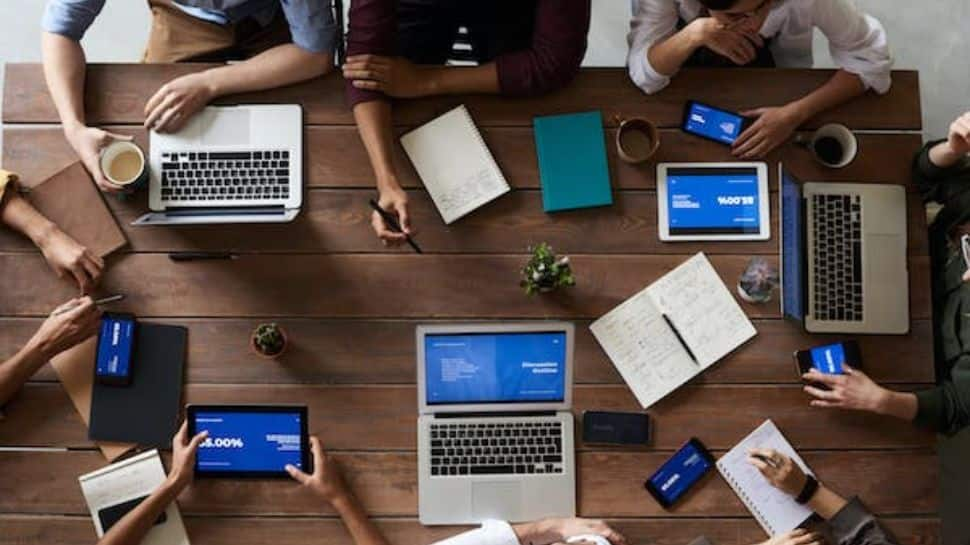Warm-Up Time May Enhance Creativity In Employees, Creates More Equitable Workplace: Study
 [ad_1]
[ad_1]
New research showed that employees who are not in positions of power can enhance creativity when given time to "warm up" to a task by engaging in the creative task more than once. "This is important because when people with more power can express their creative ideas more than those with less power, it leads to a rich-get-richer dynamic that reinforces or exacerbates these power differentials," said Brian Lucas, assistant professor at the Cornell University School of Industrial and Labor Relations and co-author of "Low Power Warm-up Effect: Understanding the Effect of Power on Creativity Over Time," forthcoming in the July issue of Journal of Experimental Social Psychology.
"Understanding ways to boost the creativity of lower-power workers can help them navigate this low-power disadvantage, generate more creative ideas, and promote a more equitable workplace," Lucas said. In the study, Lucas and his co-authors found that although low-power individuals are less creative than high-power individuals at the beginning of a creative task, they can eventually catch up and match high-power individuals’ creativity.
This is because the creative task provided feelings of autonomy and liberation that eventually helped them overcome their low-power disadvantage, the researchers said. Lucas and his co-authors conducted three studies to reach their conclusion. In the first study, they divided the creative idea generation session into two rounds consisting of a one-minute "warm up" followed by a second round in which the participants could take as long as they wanted.
Also read: Stress Management: 8 Lifestyle Changes To Follow Which May Help You Sleep Better
Participants were randomly assigned to a high-power condition or a low-power condition, and feelings of power were induced with a role manipulation where participants were given a leadership role and control over resources (high power) or an employee role with no control over resources (low power). The study found that high-power individuals were more creative than low-power individuals in the warm-up round. There was no difference, though, in creativity in the second round.
In the second study, the researchers changed the creative task and increased the number of rounds from two sessions to five, taking as long as they like to complete the task. In the final study, they used two different creative tasks across two rounds, both of which were one minute long. Consistent with the first study, these studies found that high-power individuals were more creative than low-power individuals in the first round.
But the creativity of low-power individuals "caught up" to the creativity of the high-power individuals after the first round. Results of the third study demonstrated that a different creativity task can also warm-up low-power people for an unrelated creativity task. "The experience of being creative can, in and of itself, have positive psychological consequences," Lucas said.
"Given the high value of creative ideas for organizations and for the careers of the employees that champion them, it is important to cultivate strategies that empower all employees to tap their creative potential," he said. "The low power warm-up effect suggests a simple intervention that does just this and overcomes power differentials in the workplace: when pursuing creative work, let employees warm up first."
Comments
Post a Comment